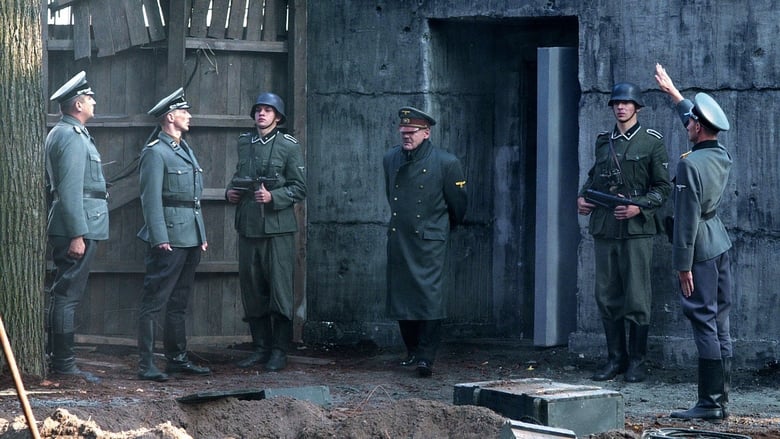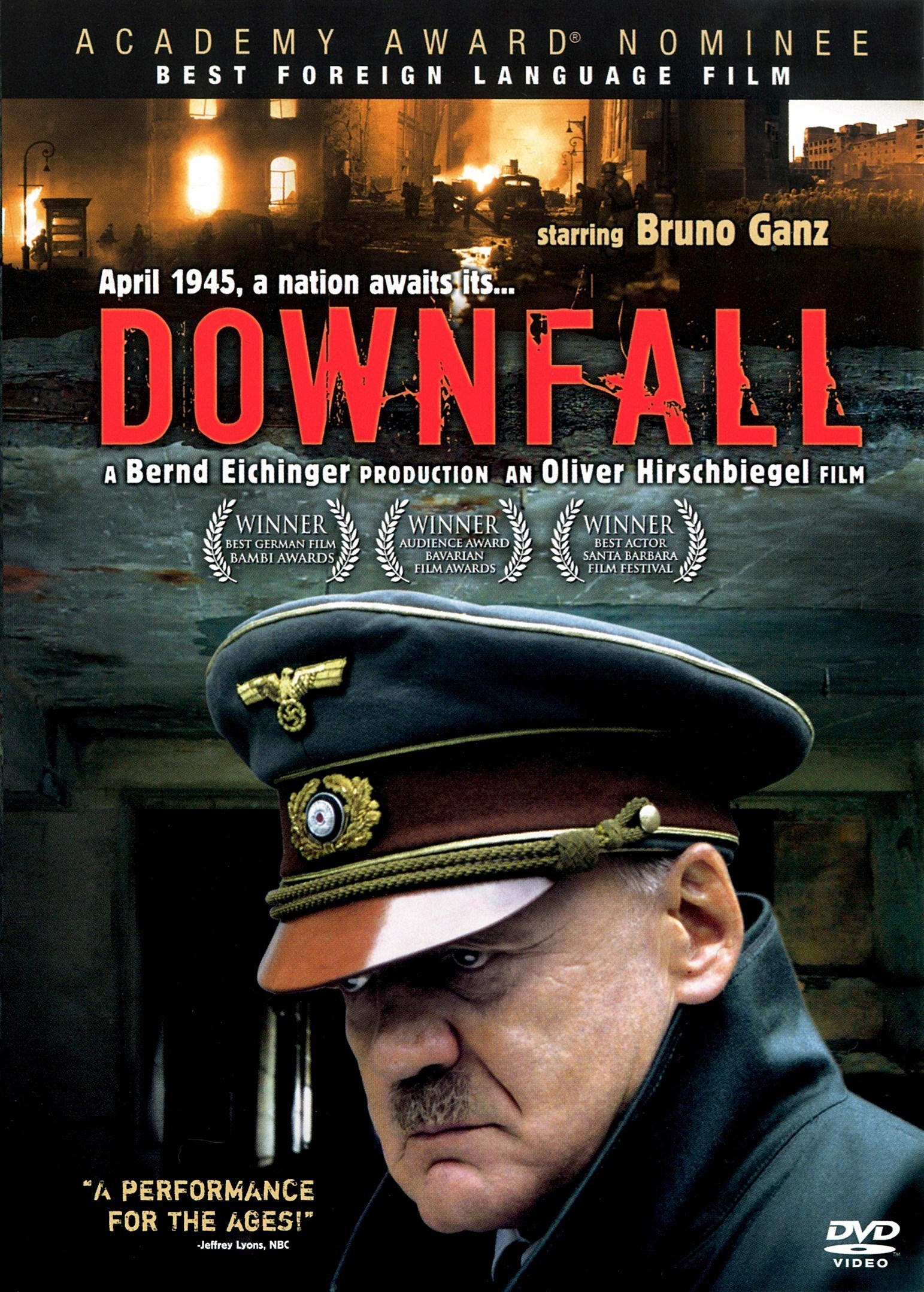

By 2011, YouTube had generated more than 1 trillion views people were watching over 3 billion hours of video every month, and creators were earning real money via Google AdSense - a lot of money. “There are so many people that are watching and appreciate it, it’s really a lot of fun.”īetween 20, the volume of videos uploaded to YouTube jumped from 10 hours every minute to 72 hours a minute. They were each driven to create a form of entertainment that wasn’t happening elsewhere, and their work was incredibly unique: Marbles riffed on stereotypes of women, Kjellberg became notable for his gaming live streams, Smosh did variety sketches, and Singh did impressions of her Indian Canadian family. It allowed people like Jenna Marbles Felix “PewDiePie” Kjellberg Anthony Padilla, Ian Hecox, and their channel Smosh and Lilly Singh to thrive. The platform was a stage for creators who didn’t quite fit into Hollywood’s restrictions. The focus on creator culture defined YouTube culture from its earliest days. So YouTube’s executives focused on lifting up the very content its founders designed the platform with in mind: original videos. It was far too easy to watch anything and everything on YouTube, and movie studios, television conglomerates, and record labels were seething.

When Google bought YouTube in 2006 for $1.6 billion, the platform had to clean up its massive piracy problems. YouTube was founded on the promise of creating a user-generated video platform, but it was something else that helped the site explode in popularity: piracy. The golden age of YouTube - the YouTube of a million different creators all making enough money to support themselves by creating videos about doing what they love - is over. And the creators who have found the most success playing into the platform’s algorithms have all demonstrated profound errors in judgment, turning themselves into cultural villains instead of YouTube’s most cherished assets.Īs YouTube battles misinformation catastrophes and discovers new ways people are abusing its system, the company is shifting toward more commercial, advertiser-friendly content at a speed its creator community hasn’t seen before. YouTube’s biggest creators have become cultural villains instead of cherished assetsĪt the same time, YouTube’s pitch decks to advertisers increasingly seem to feature videos from household celebrity names, not creative amateurs. It was hidden by YouTube for violating the company’s guidelines over excessive violence in a video, and the RackaRacka twins think it’s bullshit. But the original was nowhere to be found. A search for the popular video in which the brothers used CGI to re-create Mortal Kombat’s most gruesome “fatalities,” resulted in YouTube surfacing mirrored versions, reuploads, and reaction videos. But YouTube, the platform where they built their audience base, doesn’t seem to want them anymore. The Philippou twins hover between stunt doubles and actors, with a penchant for the macabre. That YouTube seemed to welcome the wonderfully weird, innovative, and earnest, instead of turning them away in favor of late-night show clips and music videos. “It’s just not fair.”ĭanny, like many other creators, is proclaiming the death of YouTube - or, at least, the YouTube that they grew up with.

“It’s not fair what they’re doing to us,” Danny yells. This is how he gets when he’s excited or angry. Anyone who’s watched the Philippous’ channel, RackaRacka, won’t be surprised by Danny’s antics. Logan Paul, perhaps YouTube’s most notorious character, laughs on the other side of the desk that they’re all sitting around for an episode of his popular podcast Impaulsive. He’s practically standing on top of his chair as his twin brother and fellow YouTube creator Michael stares on in amusement.


 0 kommentar(er)
0 kommentar(er)
